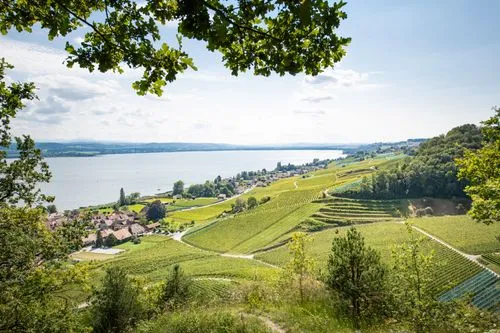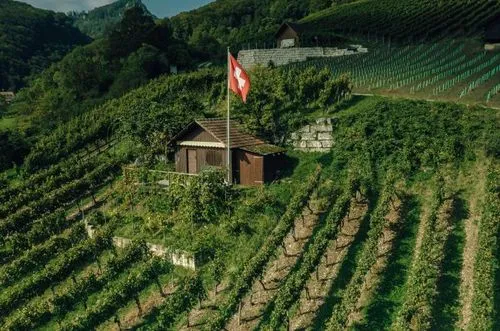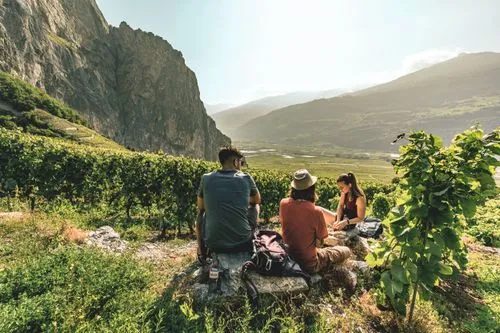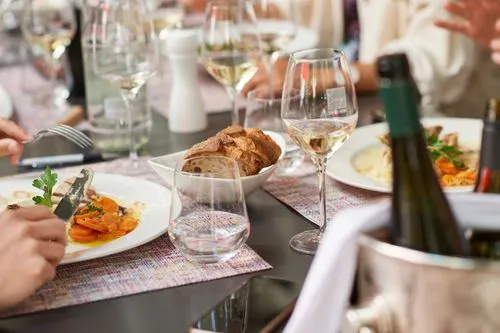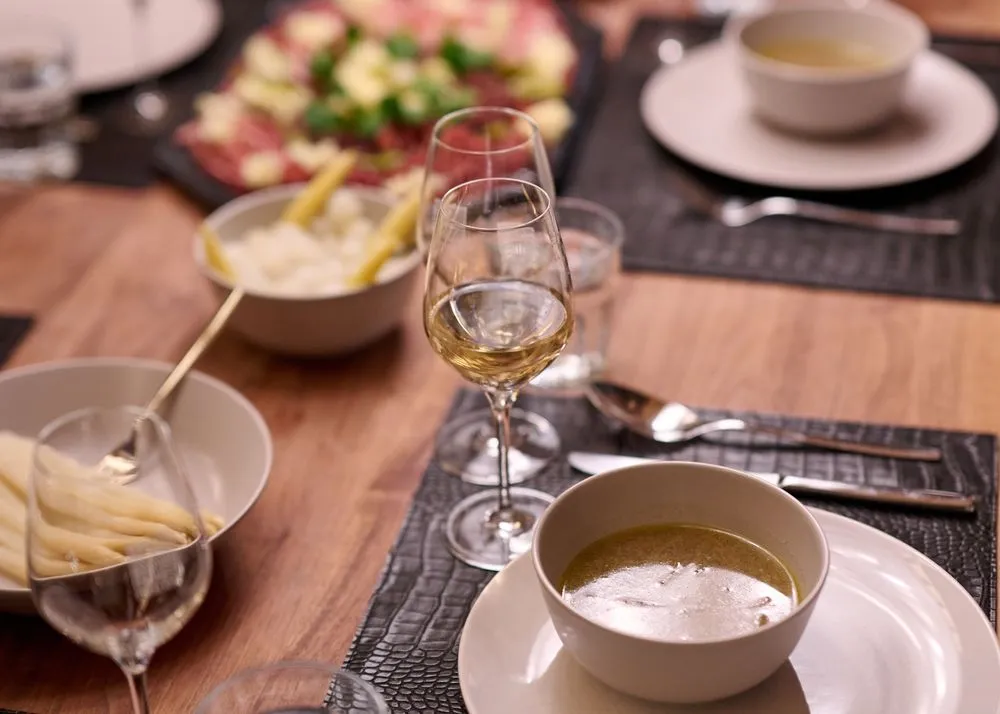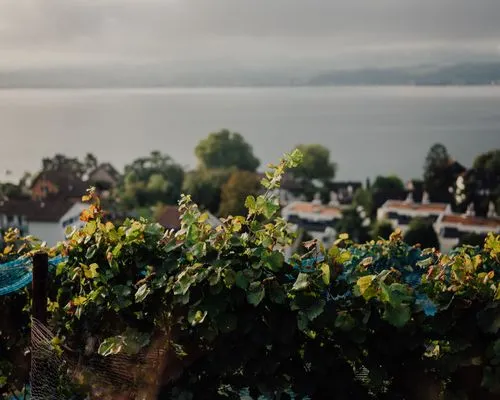For the holidays, why not try a very special Swiss wine?
Switzerland has some real treasures to offer when it comes to wine. These include wines made from native, or autochthonous, grape varieties. These special grapes have adapted to their environment over a long period of time and often reflect the climatic and geological conditions of the region in which they grow. Some of them are only produced by a few winemakers on small plots.
So how about uncorking a bottle of surprising content at Christmas or New Year? We present a few exceptional grape varieties from all six wine-producing regions in Switzerland.
Floral and fruity: Petite Arvine from Valais
The Valais has the largest selection of indigenous varieties in Switzerland. These include curiosities such as Lafnetscha and Himbertscha. The Petite Arvine is better known: a white wine with elegant freshness, pronounced minerality and a slight salty note on the finish. The Petite Arvine offers aromas of citrus fruits, grapefruit and sometimes exotic fruits such as pineapple. It is an excellent accompaniment to fish and seafood, among other things. The grape is considered a mimosa because it is sensitive to extreme weather and only grows on sheltered terraces.
A powerful rarity: Plant Robert from the Vaud region
Plant Robert is a rare grape variety from Lavaux on Lake Geneva, cultivated on just under nine hectares. In the 1960s, dedicated winemakers rediscovered the variety and saved it from extinction. Today, it is appreciated as an authentic speciality of Lavaux. The grapes produce ruby-red wines known for their aromas of cherries and currants, as well as slightly peppery notes. Plant Robert goes well with rustic dishes such as game or aged cheese.
Refreshing acidity: Räuschling from Lake Zurich
The grape variety with the quaint name Räuschling is considered one of the oldest grape varieties in the world and used to be widespread in Switzerland. Today, it is almost only grown around Lake Zurich and is also known as Zürirebe. This white wine is characterised by its pronounced freshness and minerality, often accompanied by citrus notes and floral aromas. The acidity makes the Räuschling suitable for storage, and it benefits from being kept in the cellar for a few years. It goes particularly well with fish dishes and light starters.
Lively and light: Aligoté from Geneva
Originally from Burgundy, today a speciality from Geneva: Aligoté is a white grape variety that occupies a niche role in Switzerland. The wines are characterised by their crisp acidity and freshness, with aromas of green apples, citrus fruits and occasionally light floral notes. On the palate, the wine is lively, light and rather dry, which makes it an ideal companion for aperitifs or fish dishes. Here's a little tip: you can mix Aligoté with cassis liqueur to make a ‘Kir’ aperitif.
Old heritage: Bondola from Ticino
The indigenous red grape variety Bondola used to be widespread in Ticino. Over time, however, it was replaced by Merlot in many places. Today, there are only a few winemakers left who cultivate Bondola, thus preserving the local heritage. The wines made from Bondola are usually rustic, with strong tannins and a pronounced acidity. They have aromas of red fruits such as cherries and plums, accompanied by a spicy note and a slight earthiness. The taste experience goes well with Ticino classics such as polenta and stews – or a platter of salamis with family and friends.
Lush bouquet: Gewürztraminer from the Three Lakes Region
An exuberant bouquet of roses, lychee and nutmeg: this has to be Gewürztraminer. This white grape variety is mainly grown in the French region of Alsace, but Gewürztraminer can also be found in Switzerland – with the best examples in the Three Lakes Region. The aromatic grape variety produces wines with a strong structure and mild acidity, often with slightly sweet notes, in the Neuchâtel, Biel and Murten lake region. It goes extremely well with spicy dishes such as Asian cuisine, strong cheese or even as an accompaniment to desserts.
Pretium
Related Articles
All the news about Swiss wines and exclusive reports.
To visit our site, you must be of legal drinking age in your country of residence.
